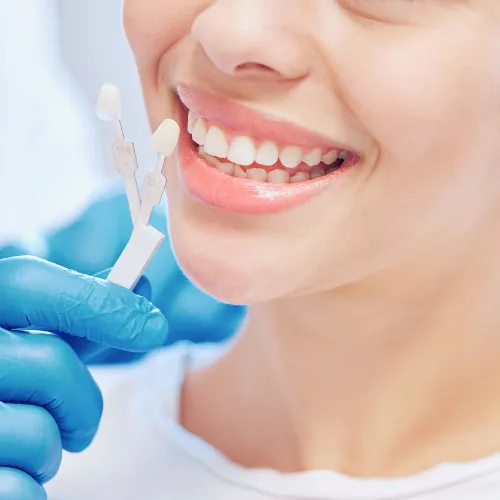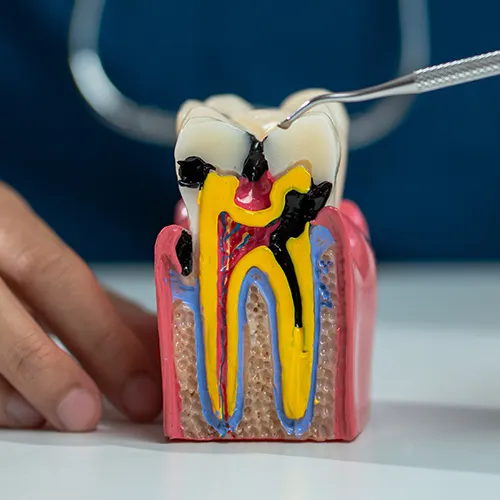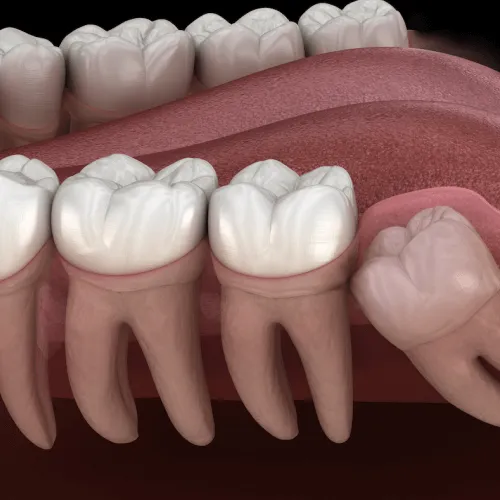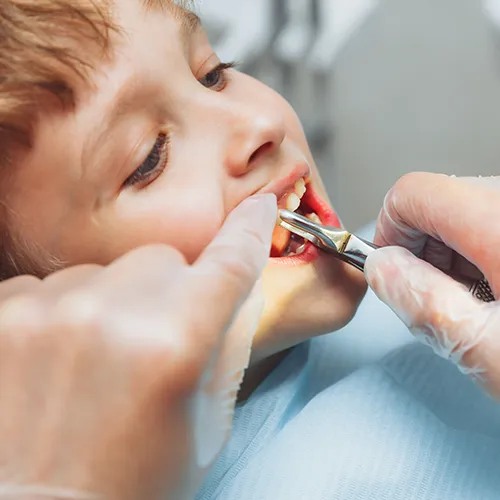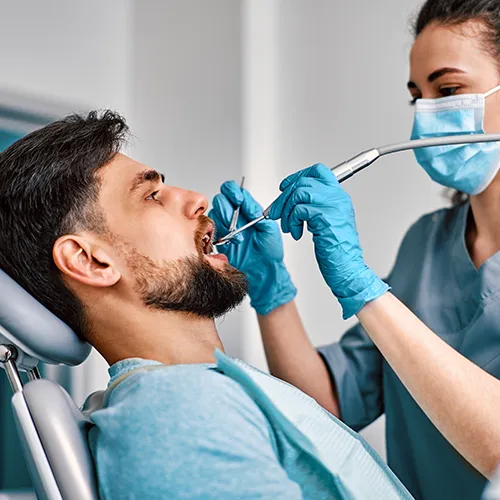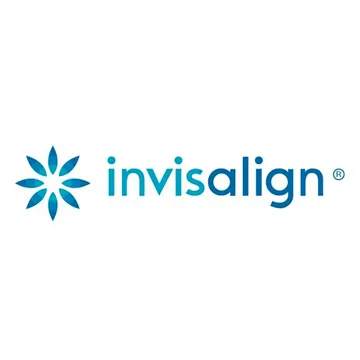Emergency Dentistry
When a Wiggle Turns Worrisome: What to Know About Tooth Extractions for Kids
Losing a tooth is a rite of passage for kids, but not all teeth fall out on their own. Sometimes, a tooth needs a little help, or a gentle nudge from your family dentist. At Prestige Dental, we know how nerve-wracking it can be to think about your child needing a tooth extraction. Is it painful? Is it safe? Will they be okay afterward?
Let’s walk through everything you need to know, from why extractions might be necessary to how to prep your child and care for them afterward. Our goal is to make the process as smooth as possible, for both you and your little one.
Should I have my child's tooth extracted?
It’s a valid question, and no, tooth extractions aren’t a first resort. Pediatric dentists always prioritize preserving baby teeth when possible because they help guide adult teeth into place, assist with speech, and support jaw development. That said, there are times when removing a tooth is the best step for your child’s oral health.
Here are some common scenarios where a tooth extraction may be recommended:
1. Severe decay or infection:
If a cavity has progressed to the point where a filling or crown won't help, and the decay is threatening the surrounding teeth or gums, removal may be safer.
2. Overcrowding before orthodontics:
Some kids have more teeth than their jaw can comfortably accommodate. Extractions may be needed to make room before getting braces or other orthodontic treatment.
3. Trauma or injury:
If a fall or accident leads to a damaged tooth, especially one that’s cracked below the gum line, removal might be necessary to prevent infection or pain.
4. Delayed baby tooth loss:
Sometimes a baby tooth hangs around too long, blocking the permanent tooth from coming in properly. In such cases, a dentist may recommend removing the stubborn tooth to clear the path.
5. Abscess or gum issues:
An abscess around a tooth or signs of infection in the gums can require prompt extraction to prevent the spread of bacteria.
At Prestige Dental, we evaluate each case individually and walk parents through all the options before suggesting an extraction. If there’s a chance the tooth can be saved, we’ll explore that first.
How do I prepare my child for tooth extraction?
Kids are often more resilient than we think, but it still helps to prep them, especially for something like a dental procedure. The key is to keep things honest but light. You don’t need to get into all the clinical details. Instead, focus on helping them feel safe and informed.
Here’s how you can support your child before the big day:
1. Use age-appropriate language:
Explain that the dentist is going to help take out a tooth that isn’t healthy or one that needs to make room for another. Avoid using scary terms like “pull” or “cut.”
2. Talk about the ‘why’:
Let your child know that this is something that helps their teeth grow properly or stop pain from happening. Kids like knowing there’s a purpose.
3. Be calm and positive:
Your attitude is contagious. If you're anxious, your child will likely pick up on it. Frame the experience like it’s no big deal, because with the right dental team, it really isn’t.
4. Don’t bribe with sweets:
Tempting as it is to promise ice cream or candy, especially after a dental visit, it can send mixed messages. Opt for a toy, movie night, or quality time reward instead.
5. Bring comfort items:
A favorite stuffed animal, small blanket, or familiar playlist can help your child feel secure in the dental chair.
6. Read books or watch shows about it:
There are many children's books and cartoons that talk about dental visits or tooth loss. Seeing characters they like go through it can normalize the experience.
At Prestige Dental, we take extra care with young patients, explaining each step, answering their questions, and giving them space to feel in control. It’s not just about the procedure, it’s about the experience.
How do you take care of a child after a tooth extraction?
Once the tooth is out, the healing begins. Good aftercare helps avoid complications and keeps your child comfortable. Here’s what to expect, and what to do:
The first few hours after the extraction:
1. Stop the bleeding:
Your dentist will place a gauze pad over the extraction site and ask your child to bite down gently. This helps form a clot. If it gets soaked, switch it out with fresh gauze every 30 to 60 minutes until the bleeding slows.
2. Keep them resting:
No running around or jumping right after the procedure. Keep things calm for the first day to let the mouth start healing.
3. Elevate their head:
If your child naps or rests, make sure their head is propped up. This helps reduce swelling and supports clot formation.
4. Skip straws:
Using a straw creates suction that could dislodge the clot, leading to a painful condition called dry socket. Avoid straws for at least 48 hours.
Eating and drinking:
1. Stick to soft foods:
Go for soups, mashed potatoes, yogurt, or oatmeal. Nothing too hot, spicy, or crunchy. Gradually reintroduce solid foods as they feel better.
2. Keep them hydrated:
Water is best. Avoid carbonated drinks or juice with citric acid, which can irritate the area.
3. No hot drinks:
Heat can melt the clot too soon. Keep drinks lukewarm or cold for the first day or two.
Pain and swelling:
1. Use pain medication as prescribed:
If your dentist suggests over-the-counter children’s ibuprofen or acetaminophen, follow the instructions carefully. Don’t give aspirin to children.
2. Apply a cold compress:
An ice pack wrapped in a cloth can help reduce swelling if applied to the cheek for short intervals.
3. Don’t let them touch the site:
It’s tempting for kids to poke at the empty space with their tongue or fingers. Remind them to leave it alone to help it heal faster.
The days after:
1. Keep brushing, but gently:
Your child should continue brushing their teeth, avoiding the extraction site for the first day or two. After that, gentle brushing is fine.
2. Rinse with salt water (if age-appropriate):
For older kids, a warm saltwater rinse after 24 hours can help with healing. Don’t use mouthwash unless recommended by the dentist.
3. Watch for signs of infection:
Persistent pain, swelling, fever, or a bad smell from the mouth could be signs of an issue. Call your dentist if anything seems off.
A quick note about baby teeth vs adult teeth
If your child is losing a primary (baby) tooth, the procedure is usually simpler and the recovery faster. Adult teeth may involve deeper roots and longer healing, so the aftercare is a bit more involved.
In both cases, the key is keeping the area clean, watching for discomfort, and giving your child lots of encouragement.
Let’s make tooth extractions less scary
At Prestige Dental, we treat tooth extractions like what they are, a small moment in your child’s dental journey. With the right approach, the right dentist, and a bit of TLC from home, your child will be back to smiles and snacks in no time.
If you’ve been told your child might need a tooth extracted, or you’re concerned about a stubborn or painful tooth, we’re here to help. Our team is experienced in pediatric care and always puts your child’s comfort first.
Schedule an appointment today and let’s take the next step together. We’ll answer your questions, ease your child’s worries, and ensure a positive experience from start to finish.

